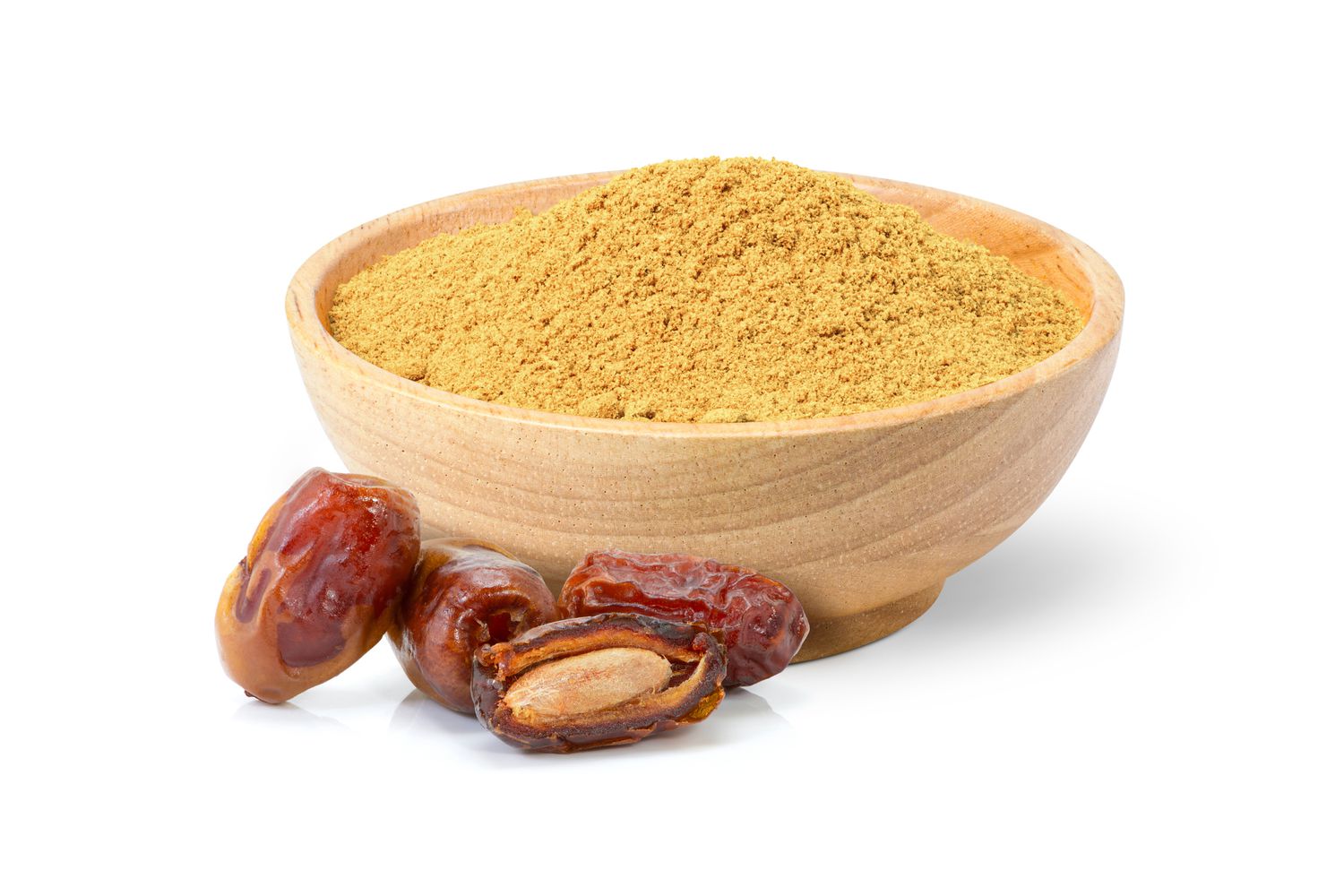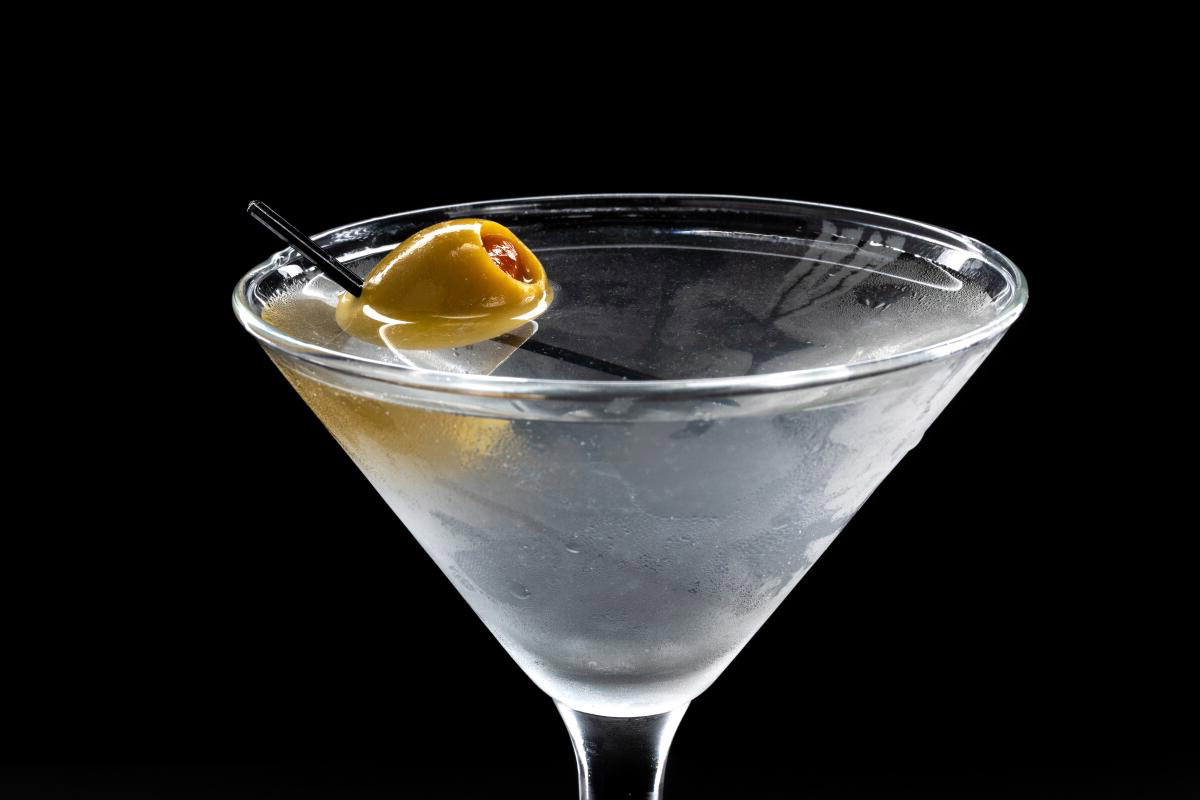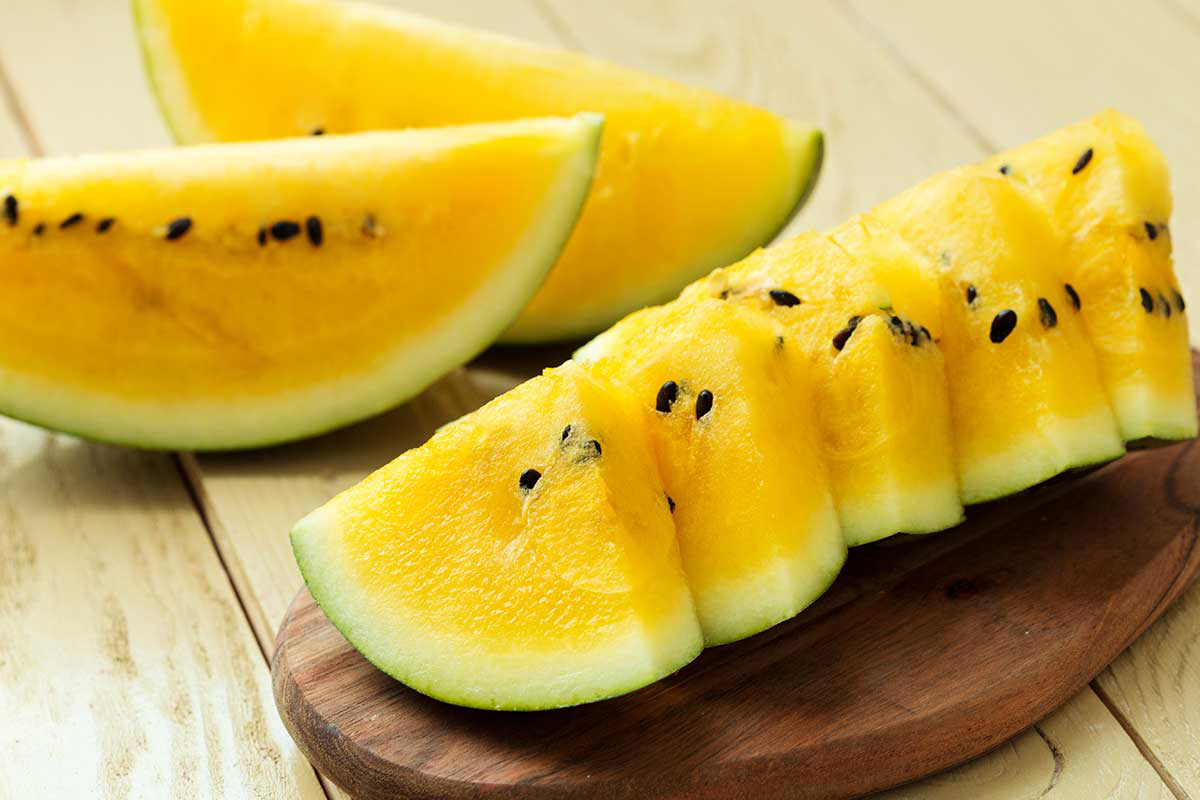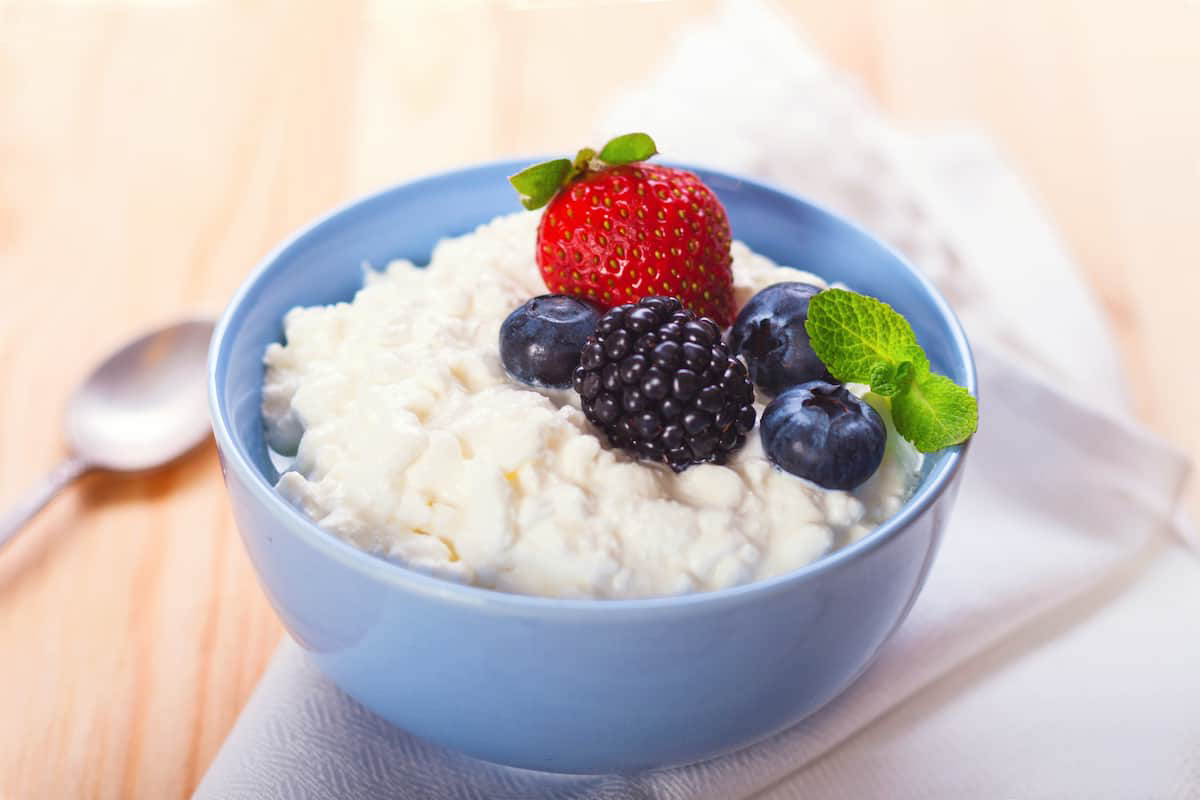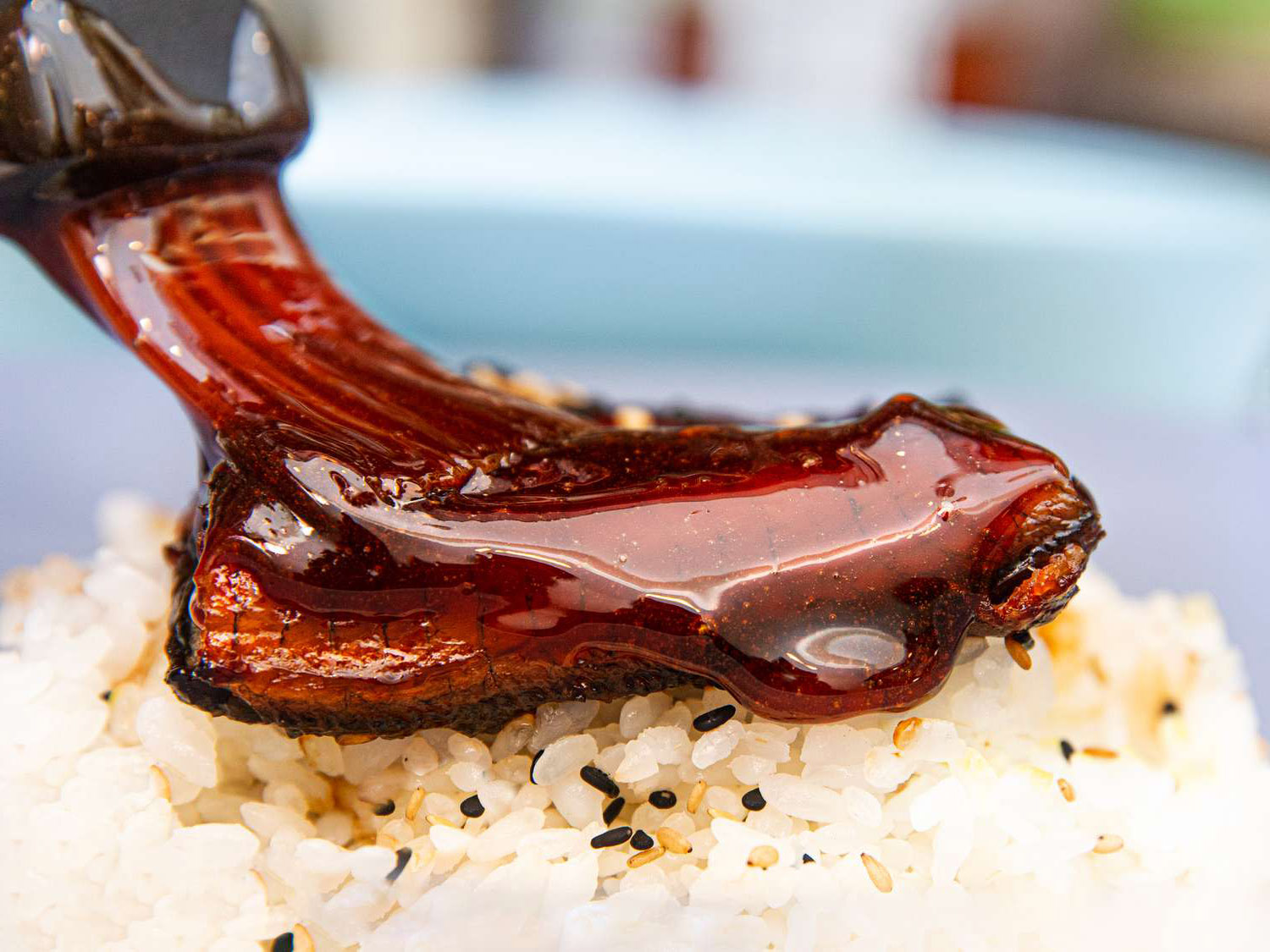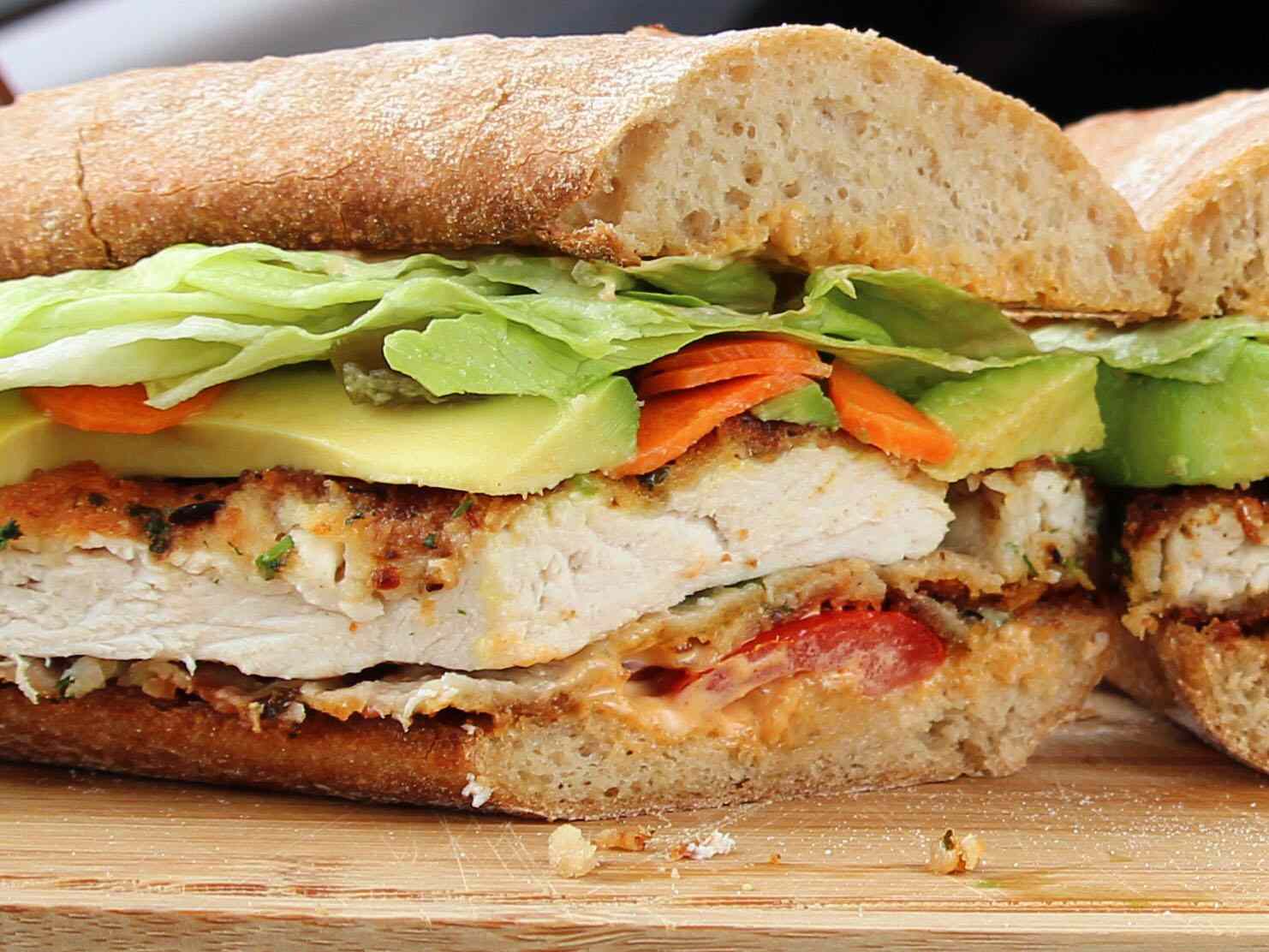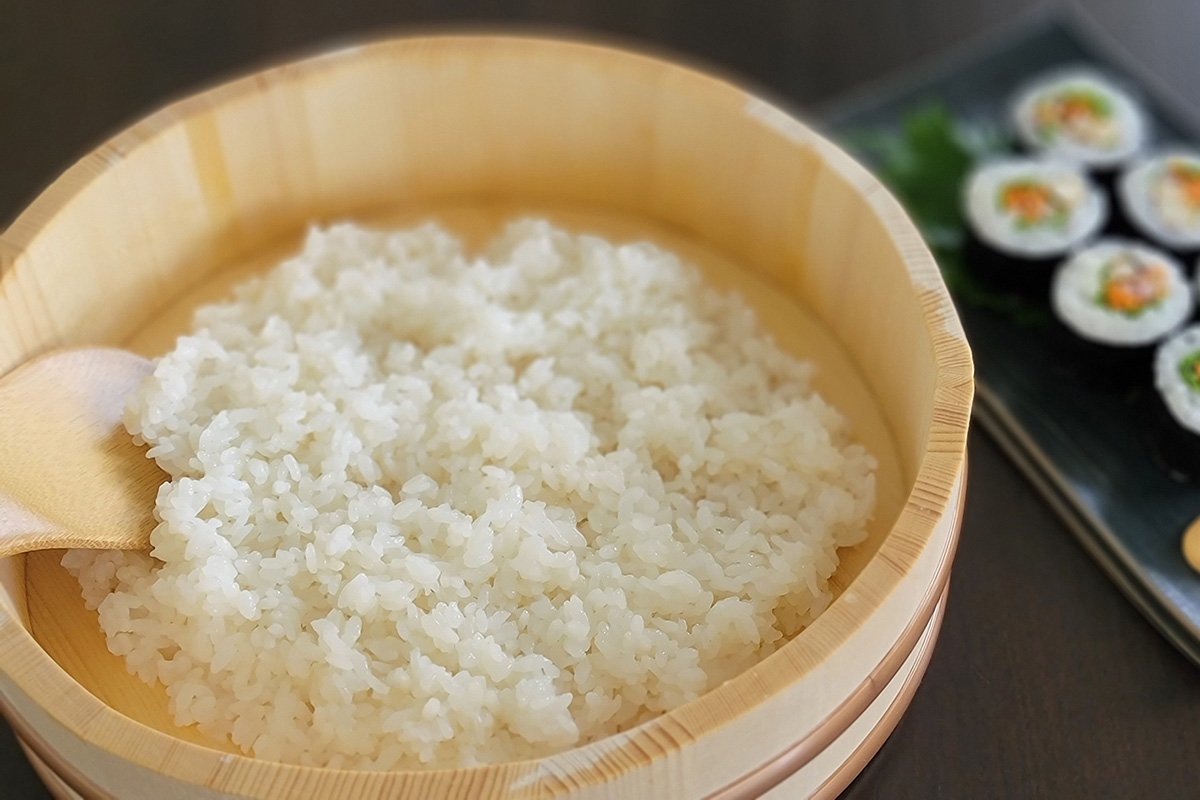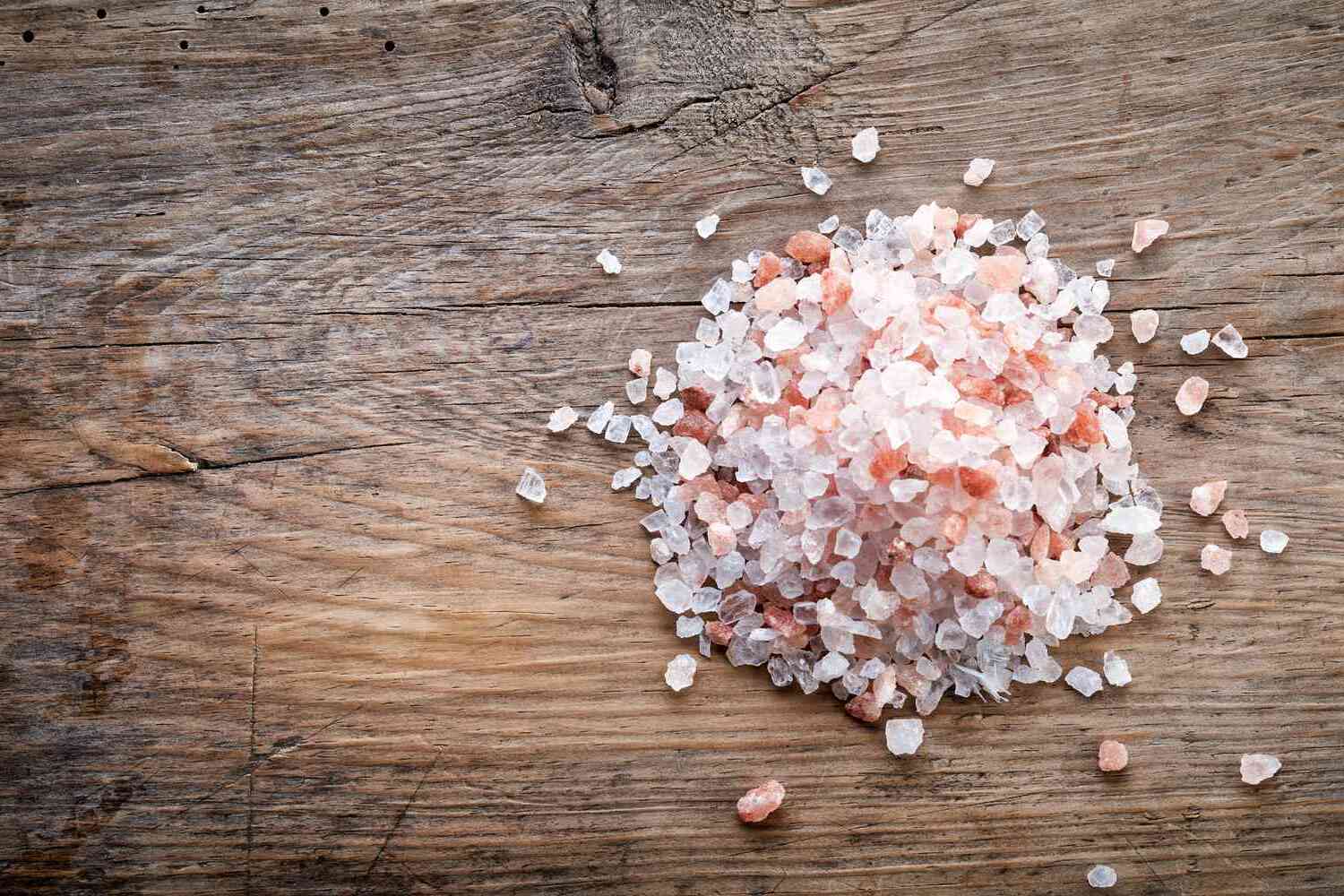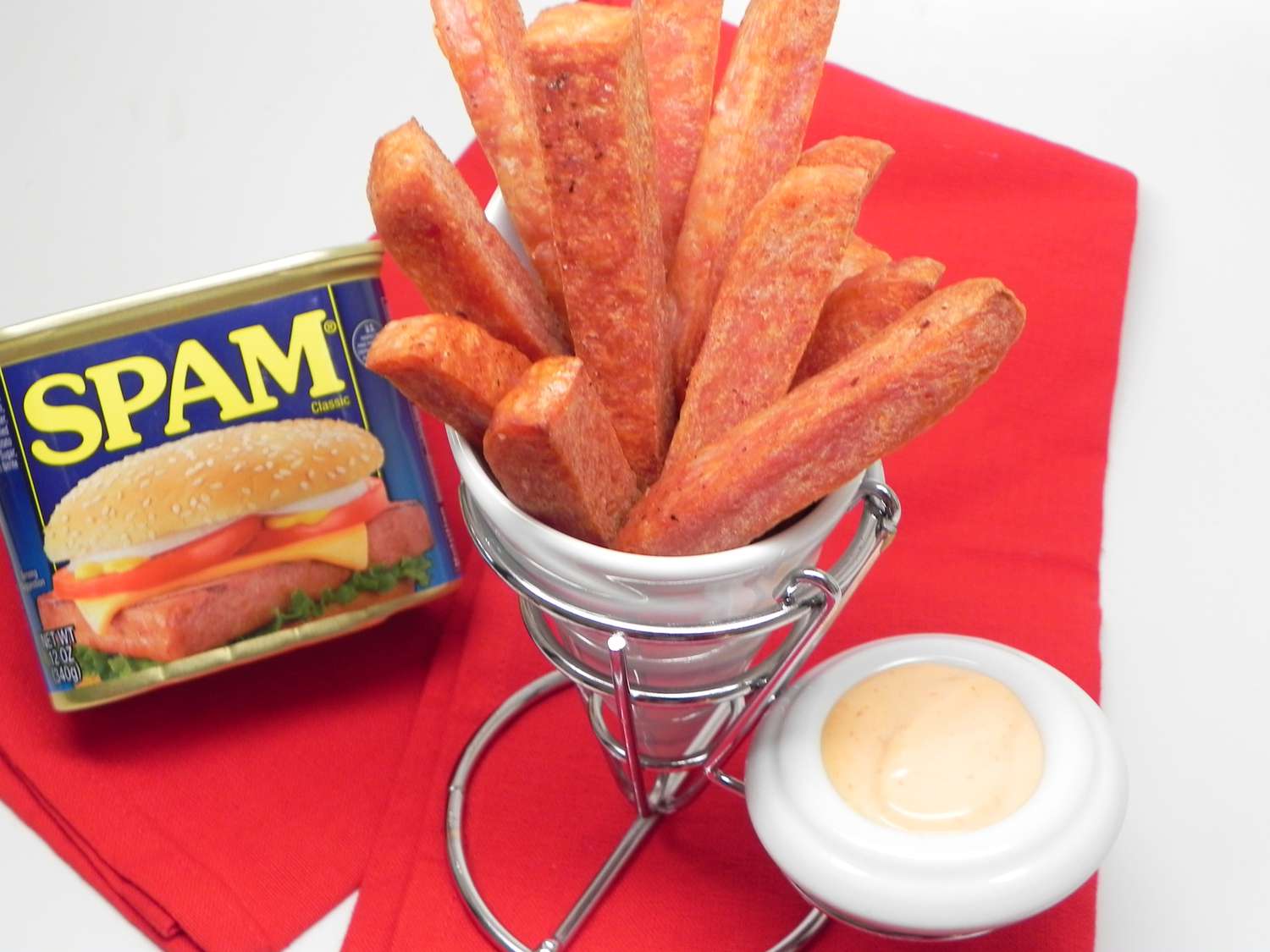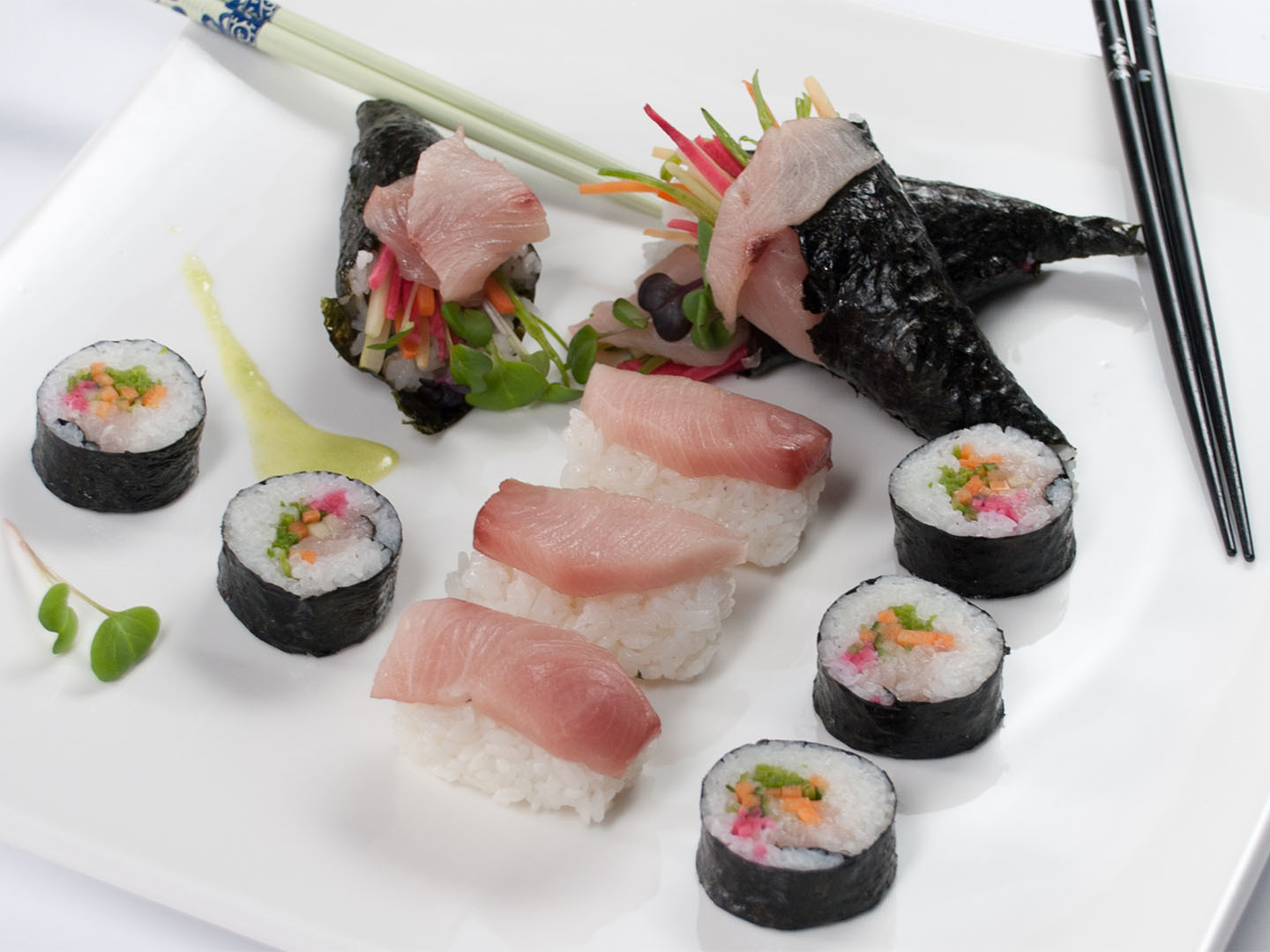When it comes to Italian cuisine, one dish that often takes center stage is the antipasto platter. This traditional appetizer is a delightful combination of various savory foods that are perfect for whetting the appetite before a meal. In this article, we'll explore what an antipasto platter is, its key components, and how to enjoy it to the fullest.
What is an Antipasto Platter?
An antipasto platter is a classic Italian starter that typically consists of an assortment of cured meats, cheeses, marinated vegetables, olives, and bread. The word "antipasto" itself translates to "before the meal," indicating its role as an appetizer in Italian dining culture. This flavorful spread is often served on a large platter, making it perfect for sharing with friends and family.
Key Components of an Antipasto Platter
An authentic antipasto platter is characterized by its diverse selection of high-quality ingredients. Here are some key components commonly found on an antipasto platter:
-
Cured Meats: Varieties such as prosciutto, salami, and coppa are popular choices, providing a rich, savory flavor.
-
Cheeses: A selection of cheeses, such as mozzarella, provolone, and Parmigiano-Reggiano, adds creamy and tangy notes to the platter.
-
Marinated Vegetables: Artichoke hearts, roasted red peppers, and marinated mushrooms contribute a delightful tanginess and texture to the spread.
-
Olives: Whether they're green, black, or stuffed, olives add a briny, salty element to the platter.
-
Bread: Slices of crusty Italian bread or breadsticks are often included to provide a satisfying base for the other components.
How to Enjoy an Antipasto Platter
Creating a harmonious and enjoyable experience with an antipasto platter involves savoring each component and exploring the interplay of flavors. Here are some tips for savoring an antipasto platter:
-
Pairing: Consider pairing the cured meats and cheeses with complementary flavors. For example, pair prosciutto with melon for a sweet and salty contrast.
-
Texture Play: Experiment with different combinations of textures, such as creamy cheese with crunchy bread and tangy marinated vegetables.
-
Wine Pairing: A glass of Italian wine, such as Chianti or Prosecco, can elevate the flavors of the antipasto platter.
-
Sharing: Antipasto platters are meant to be shared, so enjoy the experience with friends or family, and engage in lively conversation while savoring the delicious spread.
In Conclusion
An antipasto platter is a delightful introduction to a meal, offering a tantalizing array of flavors and textures that embody the essence of Italian cuisine. Whether enjoyed at a restaurant or prepared at home, this classic appetizer is sure to please the palate and set the stage for a memorable dining experience. So, next time you're craving a taste of Italy, consider indulging in the delightful experience of an antipasto platter.
Was this page helpful?
Read Next: What Is Ćevapi?
